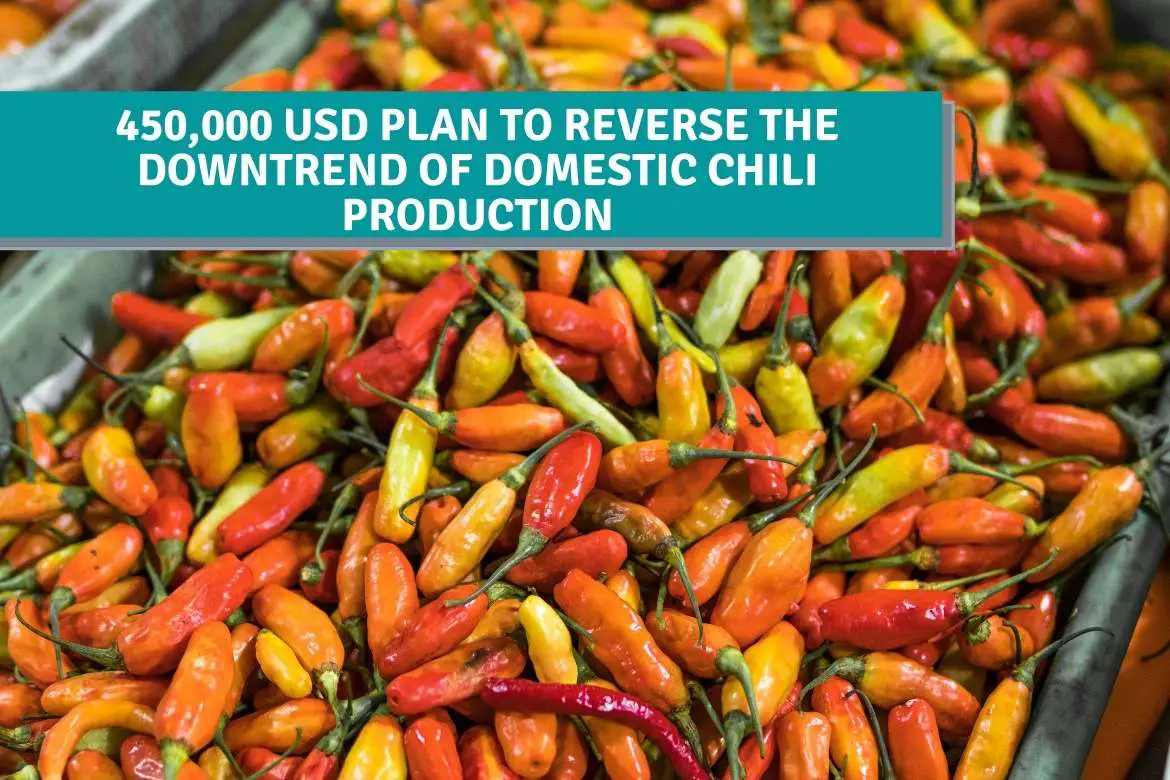Technologies and agronomic practices may rejuvenate the U.S. market for hot peppers and reduce producers’ costs.
A team to make this happen is led by Kevin Crosby, Ph.D., professor of horticultural sciences at Texas A&M AgriLife Research, Bryan-College Station.
A funding of 450000 USD by the US department of agriculture has been allocated to the team for pursuing this project.
Due to foreign competition and concerns about food safety and production costs, the U.S. hot pepper market has experienced a downward trend in recent years. The authorities are hoping that new breakthroughs from this project will help the government and growers in tackling the challenges.
Market volatility is a problem for hot peppers, Crosby explained. Stressors such as environmental factors can have a big impact on yield, and Mexicos ability to supply good quality peppers at a cheap price is also increasing imports and hindering the domestic production of chillies.
“When the cost of peppers is good, producers love to grow them. When it’s bad, they don’t. Harvesting is expensive, and producers can’t compete with Mexico’s prices,” he explained.
In addition, peppers are susceptible to carrying and spreading potentially harmful pathogens, which is a concern in food safety.
“Produce grown in the U.S. could be unaffected by an outbreak, but bad press on imports or in international markets still affects public perception,” Crosby added.
Although ideal growing climates exist in the Southwest and specialty markets have shown increased interest in peppers, these obstacles have kept many U.S. producers away from growing peppers.
With support from USDA-AMS-SCMP, researchers and economists are collaborating to develop a solution. They will identify market windows for production and sales and develop new methods and cultivars that will give U.S. producers a competitive edge.
New growing techniques could help pepper plants withstand extreme temperatures, changing climates, and extreme heat.
Moreover, they are developing unique cultivars that will only be available to U.S. producers. As an example, they’re working on a habanero cultivar with increased capsiate content, a non-spicy phytochemical that’s beneficial.
Crosby says habanero peppers thrive in Texas, and creating tiers of spiciness – mild, medium, and hot – will expand the market for consumption and encourage more consumer acceptance.
In addition, researchers are looking for ways to make pepper plants produce fruit more quickly. Producers would be able to harvest mechanically, reducing costs and reducing the need for manual labor.
The team is also working with an expert in food safety and processing in order to work on reducing pesticide use and better understanding the concerns regarding food-borne pathogens and viral diseases.
“Imported peppers are subject to residue contamination, meaning they don’t meet U.S. food safety standards for pesticide levels,” Crosby continued. “That’s why our team is looking at ways we can reduce the need for pesticides. This will be essential to creating a product that’s safe for consumption.”
In addition to exploring organic industry, the team is also working on coming up with new markets to sell the peppers.

